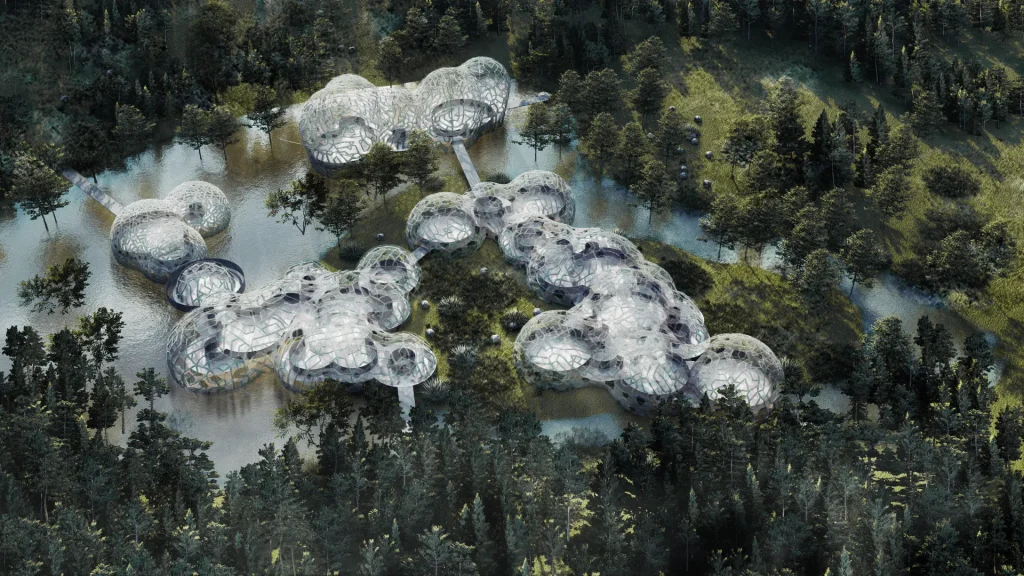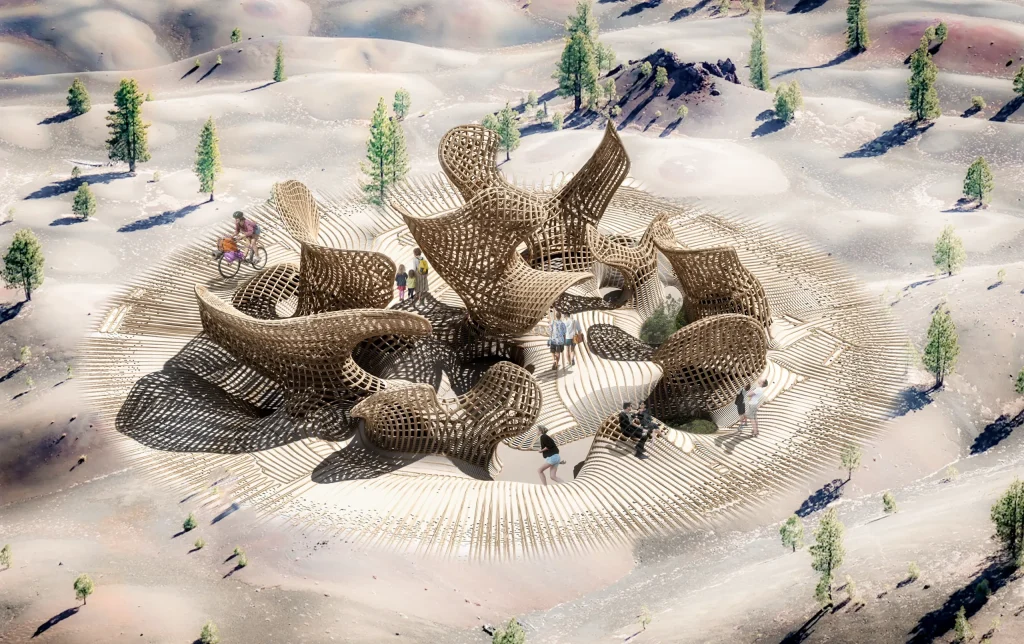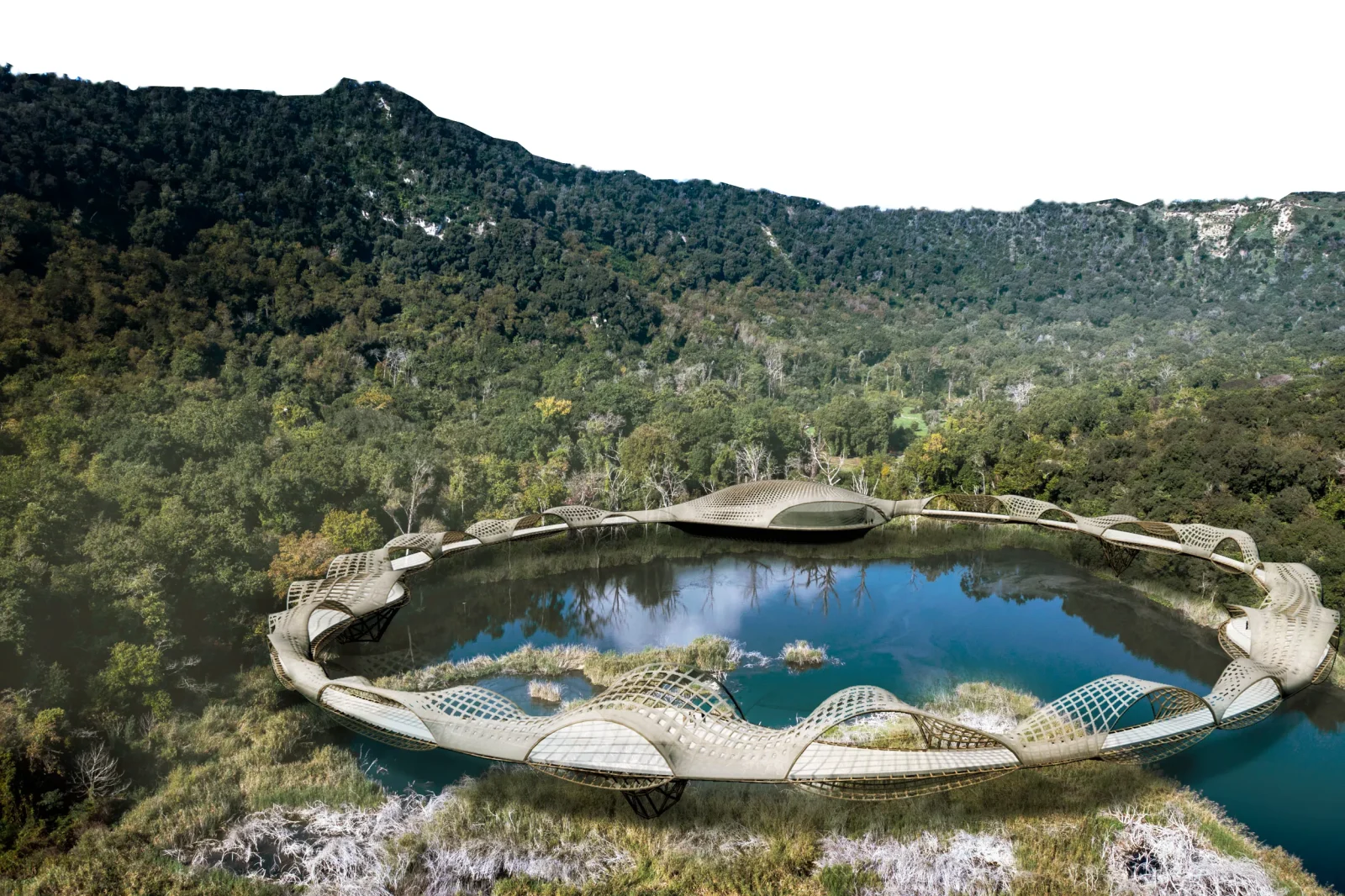In an era when architecture is increasingly shaped by algorithms rather than sketches, one question defines the future of the profession: Who designs the designers? At IAAC, the Institute for Advanced Architecture of Catalonia in Barcelona, the answer is clear. The Master in Advanced Computation for Architecture & Design (MaCAD) isn’t just a program; it’s a blueprint for a new generation of computational architects.
Computation is no longer a specialty. It is the new medium of architectural thought, one that fuses form with feedback, creativity with code. Across cities and studios, data is becoming a design element. In this rapidly transforming landscape, Master in Advanced Computation for Architecture & Design positions itself as a pioneering force, equipping professionals with the tools, fluency, and mindset to build with intelligence, intention, and impact.
Reimagining the Learning Space: Online, Yet Intensely Hands-On
What sets IAAC’s Master in Advanced Computation for Architecture & Design apart is not only its content but its delivery. The fully accredited, fully online format reimagines what remote education can be. It brings the DNA of IAAC’s renowned design-research culture into a real-time, project-based learning environment, supported by live mentoring, peer review, and studio culture that transcends borders.
Participants hail from over 50 countries, creating a vibrant global community where cultural exchange enhances technical exploration. Whether engaging synchronously or asynchronously, students experience a continuous loop of iteration, collaboration, and feedback. Flexibility here does not mean fragmentation; it means access.

A Curriculum That Moves at the Speed of Innovation
Master in Advanced Computation for Architecture & Design unfolds across three academic terms, each designed to deepen technical command and broaden conceptual horizons:
- Environmental and Structural Simulation: Students model and test energy flows, daylight, and load paths, embedding performance metrics into the earliest stages of design.
- Collaborative BIM Workflows: Beyond drafting, BIM becomes a space for coordination, automation, and data-driven decision-making.
- AI, Machine Learning, and Generative Design: Here, students move from users to authors of design systems, training models, writing algorithms, and producing intelligent geometries.
Each term culminates in a studio project, anchoring abstract knowledge in real-world challenges, from carbon-aware massing to self-adaptive housing systems. The thesis is not a gesture toward practice; it is practice.

Learning by Doing, Designing by Understanding
At its core, Master in Advanced Computation for Architecture & Design embraces a feedback-first pedagogy. Concepts are not simply discussed; they’re enacted. Students debug code, train neural networks, evaluate energy models, and script custom logic. Design becomes a consequence of systems thinking: a synthesis of environment, behavior, and algorithm.
As Amanda Gioia, a Master in Advanced Computation for Architecture & Design alumna now leading computational design in a major U.S. firm, reflects: “You go in thinking design means buildings. You come out realizing design is also about systems, strategies, and social change.” Her thesis on AI-driven daylight prediction is already in use.

Five Core Values that Define Master in Advanced Computation for Architecture & Design (MaCAD)
1. End-to-End Computational Workflows: From climate analysis to BIM automation and AI-powered design generation, Master in Advanced Computation for Architecture & Design teaches students how to connect tools into intelligent, goal-driven workflows. It’s not about mastering software in isolation; it’s about designing systems that think, adapt, and optimize across scales. This integrated logic mirrors how today’s best firms deliver high-performance, data-informed design.
2. Studio-Based, Research-Led Projects: Each term ends with a studio where students turn knowledge into prototypes. Whether it’s carbon-conscious massing or AI-driven housing typologies, these projects go beyond academic exercises. They’re grounded in research and aligned with real-world challenges, often leading to portfolio pieces that speak directly to future employers.
3. Feedback-First Pedagogy: At Master in Advanced Computation for Architecture & Design, students code, simulate, and iterate from day one. Every lecture becomes an opportunity to act, to apply theory through tools, test outcomes, and refine thinking. This loop of continuous feedback fosters a design culture rooted not in form, but in evidence and performance.
4. Flexible, Connected Learning: Whether joining live or on-demand, all students receive personalized mentorship, faculty reviews, and peer interaction. Flexibility is built in, but so is community. The result is a collaborative virtual studio where structure supports creativity, regardless of location or schedule.
5. A Global, Interdisciplinary Network: With 145 alumni from 52 countries, Master in Advanced Computation for Architecture & Design fosters connections across disciplines and continents. The community includes architects, engineers, and technologists who bring diverse perspectives and who stay connected long after graduation, contributing to a growing ecosystem of design innovation.

From the Studio to the Industry
IAAC’s Master in Advanced Computation for Architecture & Design is not an academic retreat; it is a launchpad. The program mirrors the pace and complexity of contemporary practice, producing graduates with portfolios that combine vision and viability. Many find placement during or shortly after graduation, entering roles that demand technical depth and conceptual dexterity.
In an era marked by climate urgency, material scarcity, and digital transformation, Master in Advanced Computation for Architecture & Design offers more than education. It offers agency. It shapes thinkers who can design buildings, cities, and systems that are adaptive, intelligent, and future-ready.
Applications & Scholarships
Applications for the 2025–2026 intake are now open. Two tracks are available: a 9-month version (October 2025 – July 2026) and a 12-month extended thesis version (until December 2026). Partial scholarships covering 40–50% of tuition are available. The scholarship deadline is June 30, 2025.
For those ready to build the future, not just talk about it, IAAC’s Master’s in Advanced Computation for Architecture & Design offers the tools, vision, and community to lead.


















Leave a comment